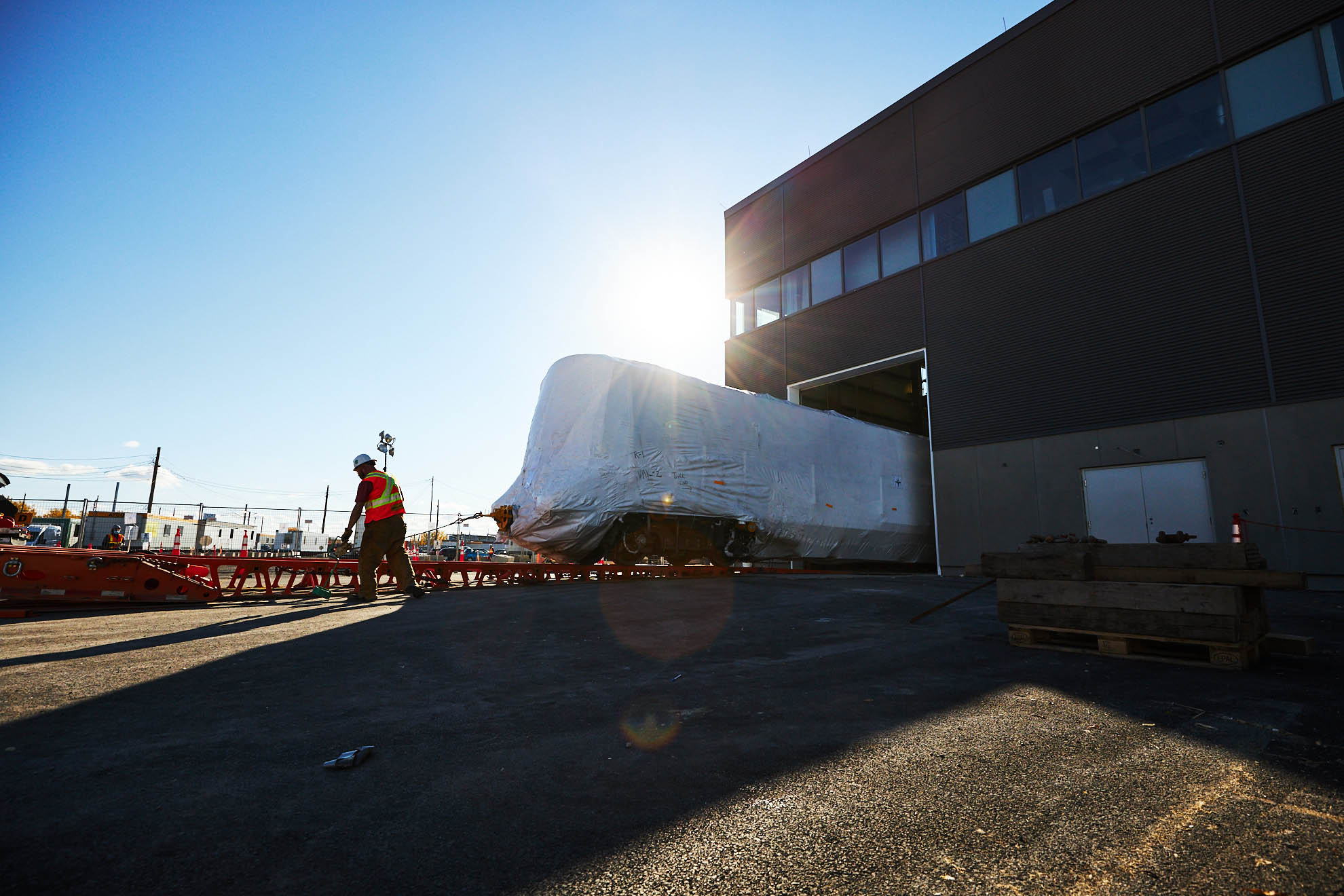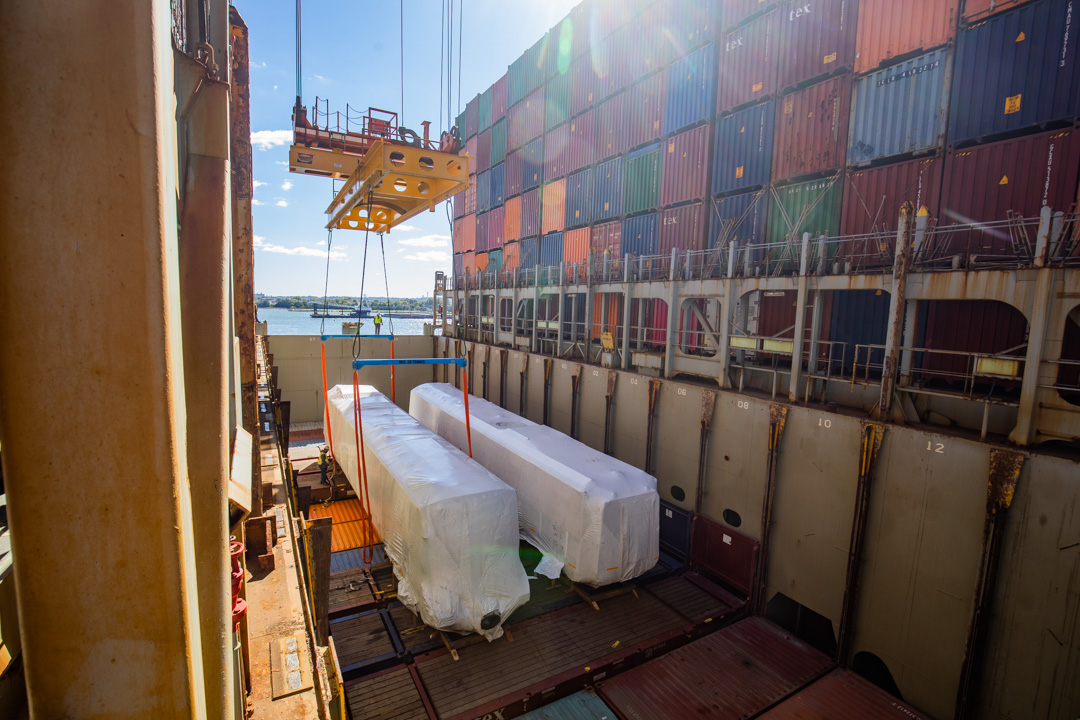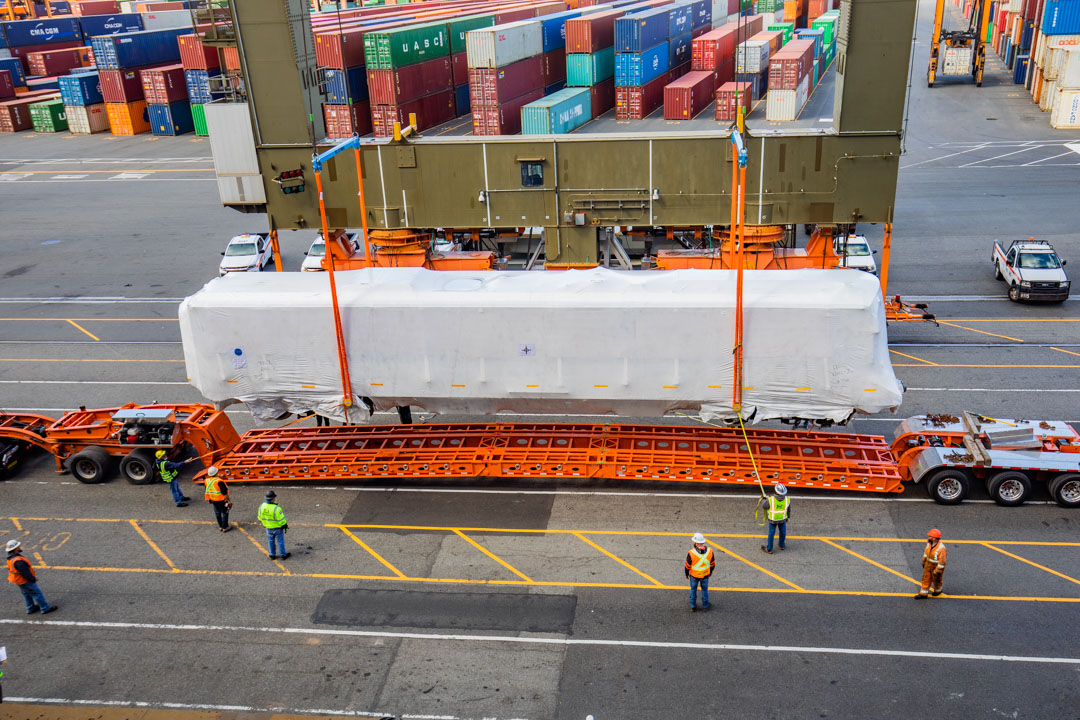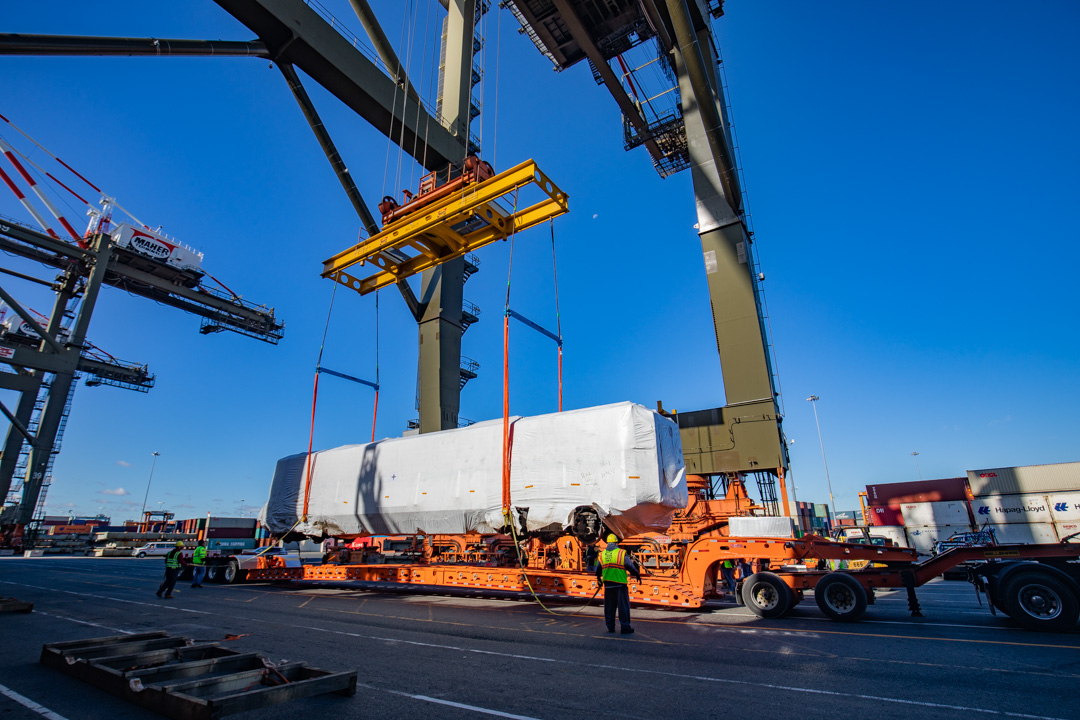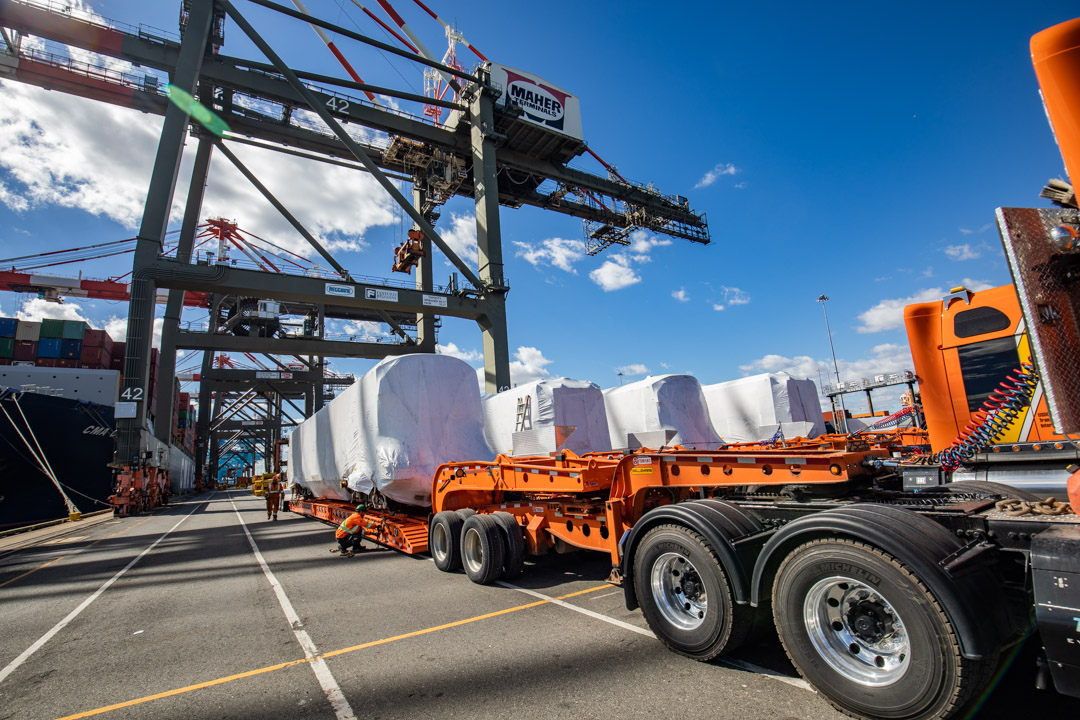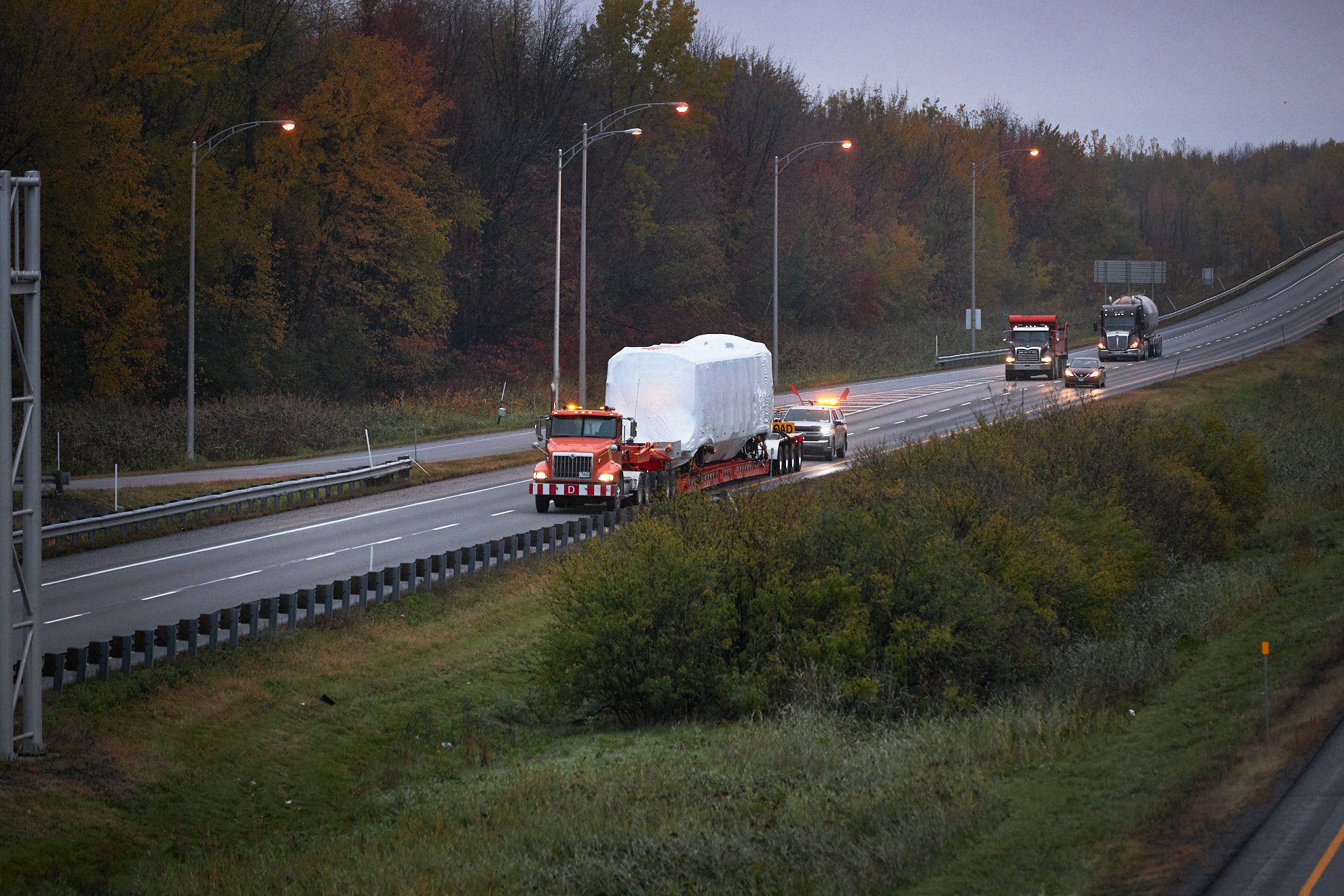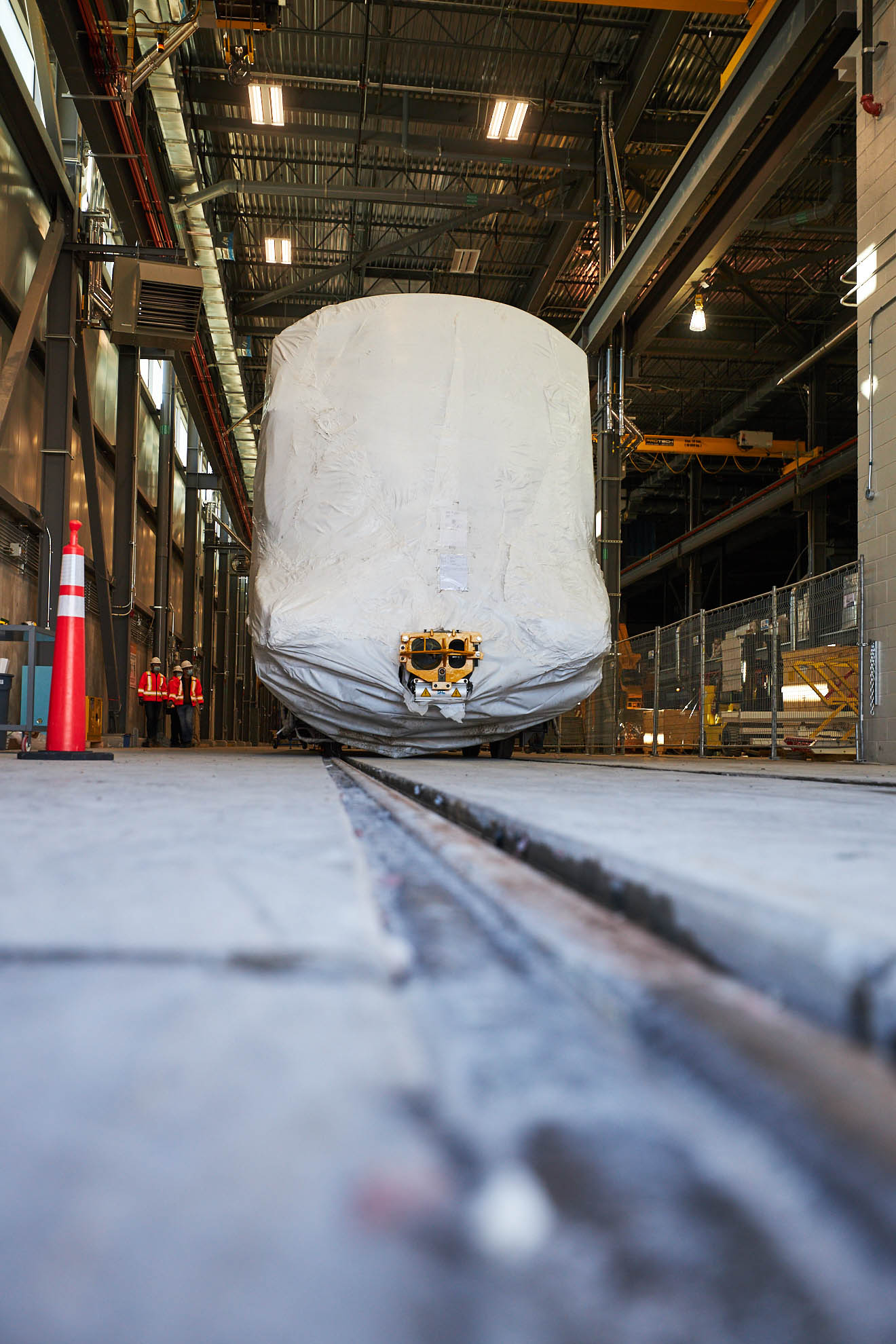aquateam
Active Member
The CDPQi will be mandated to study a REM/LRT extension instead of the previously announced Longueuil streetcar by the city of Longueuil.

Un réseau de transport électrique sur la Rive-Sud?
Une étude sera réalisée pour un réseau de transport électrique collectif dans les axes du boulevard Taschereau et du prolongement de la ligne jaune.www.journaldemontreal.com
It's bizarre that Quebec has delegated responsibility for transit planning to a pension fund instead of using the ARTM agency that they created for that express purpose. But at least they have been getting some results from it.






